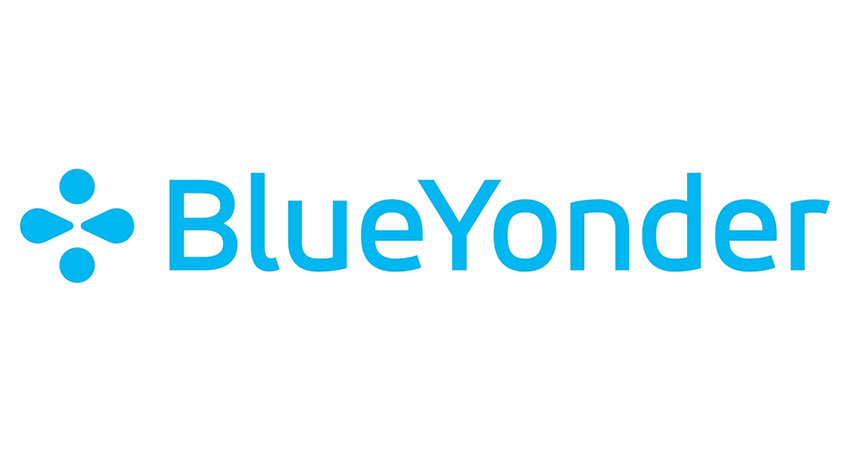Capping a relationship going back three years, Panasonic will acquire supply chain software firm Blue Yonder, formerly JDA Software.
Panasonic, which took a 20% stake in Blue Yonder last year, is acquiring the remaining 80% for $5.6 billion, or $7.1 billion including debt repayment. The deal, which values Blue Yonder at $8.5 billion, is expected to close in the second half of 2021.
It formally joins together Panasonic’s edge computing, sensor and IoT capabilities with Blue Yonder’s autonomous supply chain solution, solving complex logistics, fulfillment and manufacturing challenges.
Blue Yonder has a diverse customer base across manufacturing, automotive, retail (lululemon, Van Heusen, Lowe’s, Walmart, etc.), general merchandise and CPG, grocery, high tech including semiconductors (Intel) and logistics/3PLs (Kuehne & Nagel, DHL, etc.).
Wayne Usie, EVP of market development for Blue Yonder, said the company will retain its branding as a wholly owned subsidiary of Panasonic. He said Panasonic’s connected solutions division initially became a customer of Blue Yonder in 2018 for manufacturing planning, leveraging its illuminated control tower capabilities.
“As it progressed, Panasonic saw the value, so two years ago we created a joint venture in Japan, coming up with a number of use cases in manufacturing and retail,” Usie said.
In logistics and fulfillment, the complementary Panasonic/Blue Yonder union can execute things like using sensors to identify vehicle locations and handling visual sortation within a facility, making real-time changes to a pick wave. “It can drive the dynamic reallocation of labor,” he said.
Usie added the extensive supply chain disruption happening globally today – including but certainly not limited to the recent Suez Canal fiasco – was another impetus for Panasonic to expand beyond the partnership and stake in Blue Yonder into a full acquisition.
“From manufacturing to click to door, any kind of moving of product has been disrupted from end to end,” Usie said. “Retailers and manufacturers are constantly looking for ways to mitigate it, to ensure high service levels and reduce costs. As AI and machine learning are applied, with real-time data sensing to speed execution, we’re starting to realize the vision of the supply chain as not only autonomous but predicting disruption without humans, becoming self-learning and self-healing. One day we anticipate a lot more automation in the flow of goods in commerce.”

